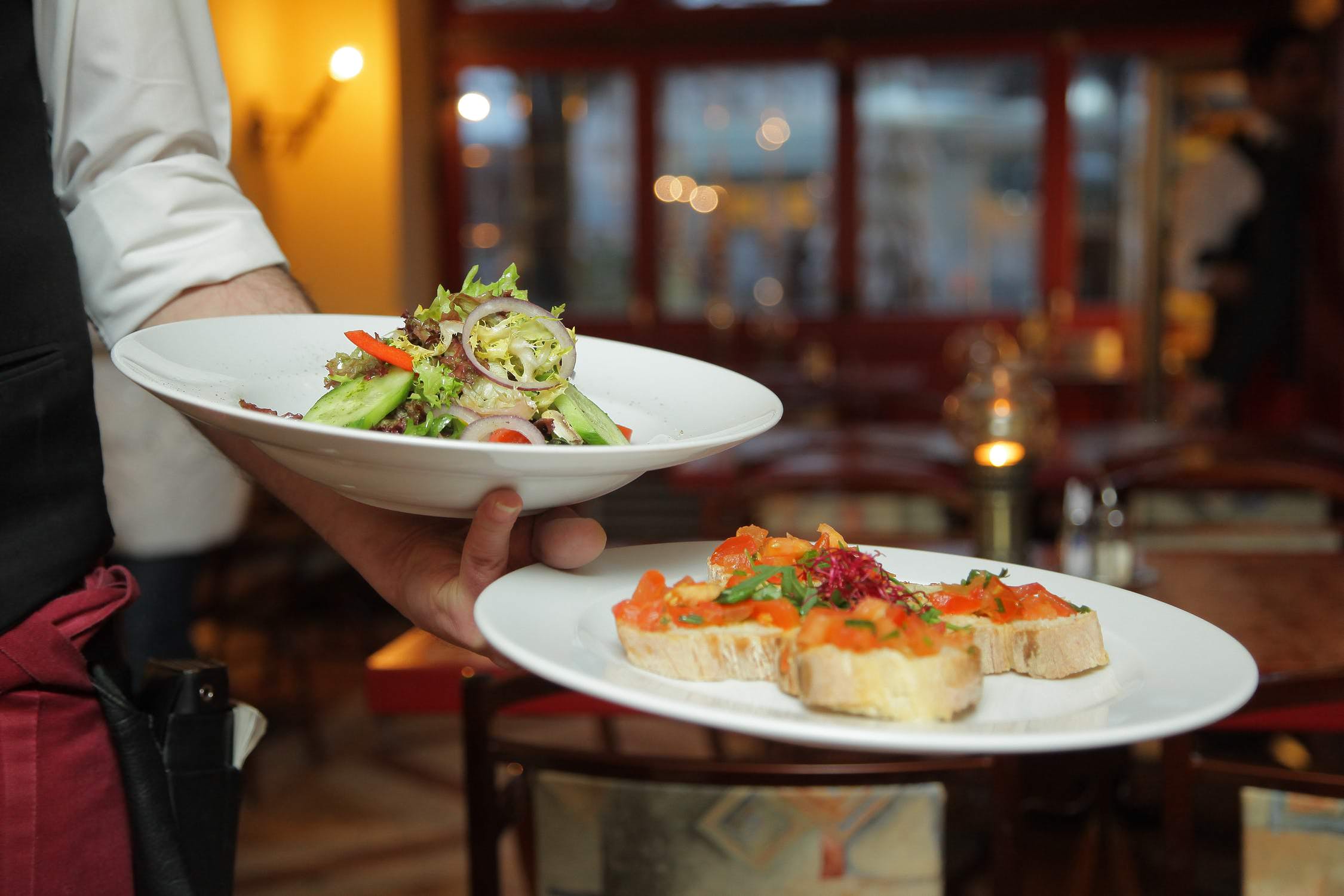The dining industry continues to battle the pandemic in California. According to a FactSheet by the California Budget & Policy Center, full and limited-service restaurants are among some of the most affected by Covid-19, with 654,400 and 699,842 jobs being affected by closures and business reductions. Up to 70 percent of the state’s population has been affected by the recent order to postpone the reopening of bars and restaurants. Now, with cities like San Franciso cautiously preparing for the reopening of indoor dining, restaurant owners and managers must turn their attention to their reopening plans, and they must do so in a post-covid-19 climate.
Stay Up To Date On State And County Dining Restrictions Or Approval Process
Across the state of California, a color-coded reopening framework was introduced as a part of its Blueprint for a Safer Economy plan. Announced in August, the four tiered plan assigns varying levels of restrictions across the different counties. The tiers are assigned based on the county’s case rate and test positivity, which they need to maintain for at least two weeks.
Finding out the tier your restaurant is classified under provides vital information for your reopening plans. For instance, El Dorado and San Benito are in the Red Tier, which limits indoor dining to 25 percent of capacity or 100 people. Meanwhile, in Colusa and Plumas, restaurants are limited to 50 percent capacity or less than 200 people as a part of the Orange tier. To find out the risk levels for your county, restaurant managers should head to California’s Blueprint for a Safer Economy. All restaurant employees are mandated to wear a face covering, according to the State Department of Public Health.
Revisit Your Employee Sick Leave And Benefits Package Before Reopening
In the hospitality and food industry, your employees are a valued part of your success. Even before the pandemic, the restaurant industry was facing labor shortages. Add in potential exposure, along with positive cases, and many restaurants are severely understaffed and worried about protecting the employees that are left. To support staff during the reopening period, restaurant owners can ensure their employee insurance policies, including workers comp insurance, are up to date. This protects your employees and your business if they get sick, and should be a priority at this time. Also, offering staggered shifts and flexible leave policies for employees needing to isolate or care for sick family members should be considered.
Stagger Your Reopening Plans For Adjustments
While you may have gotten the green light from the authorities to reopen, it does not necessarily mean that restaurants should reopen at full capacity from the first day. Instead, staggering your reopening plans makes better financial and operational sense. With the pandemic still very much present, anxiety levels have risen amongst diners. With many diners still skeptical about eating in and restaurants battling labor shortages, it is recommended that restaurants gradually reopen to suit the resources and finances. It may be better to create a shift rota for your employees and reopen at a 25 percent capacity. To offset operational overheads, restaurants can tap into a delivery model, which has proven so successful during Covid-19.
Finally, work on getting the word out to your customers again. Publicize the measures your restaurant is taking to keep customers safe, and observe state Covid-19 protocols. This goes a long way in rebuilding trust and encouraging customers to dine in again.
While there is no definite end to the pandemic in sight just yet, these suggestions should help restaurants navigate the industry down the difficult and rocky road that lies ahead. The one saving grace is that all of California’s restaurants are in the same boat.


